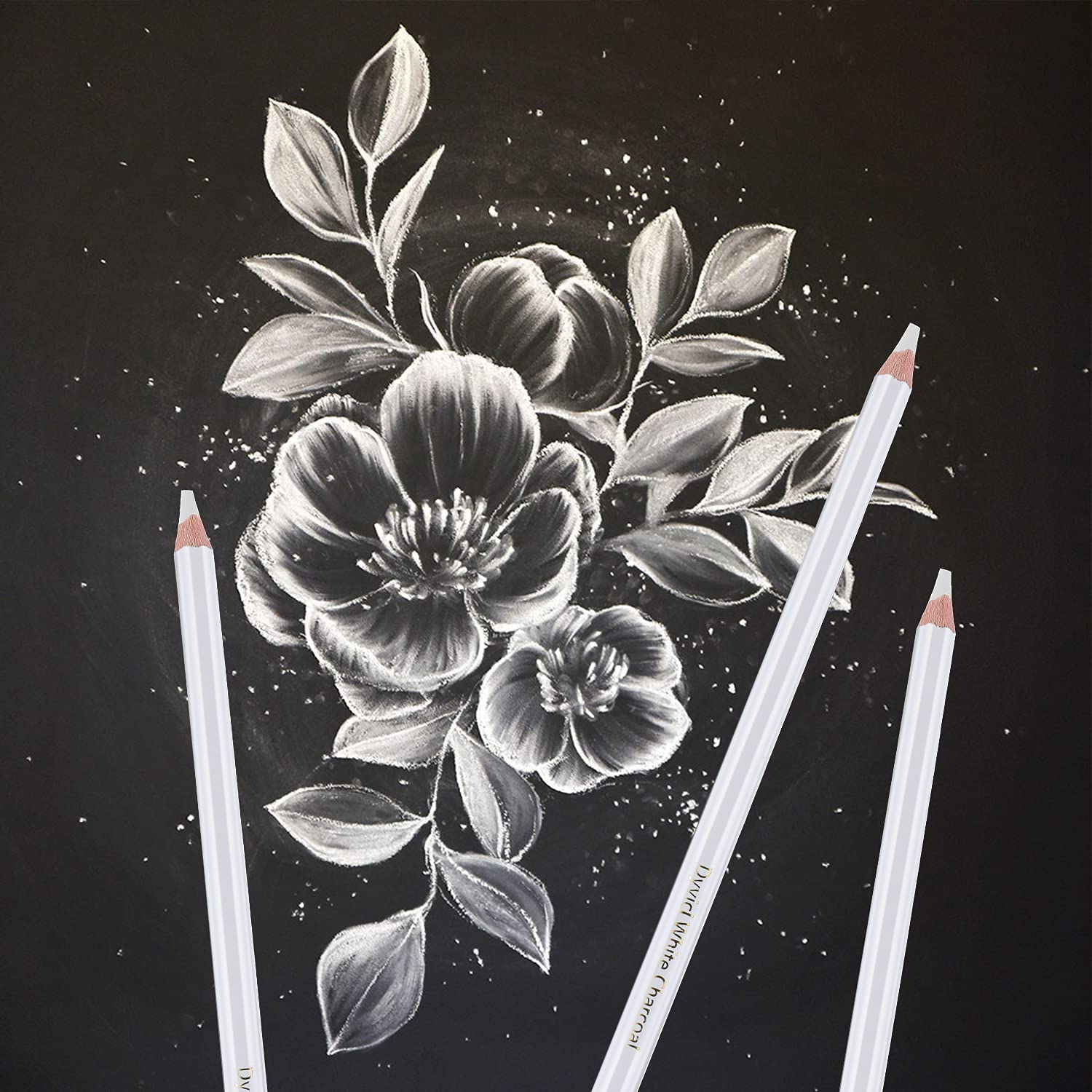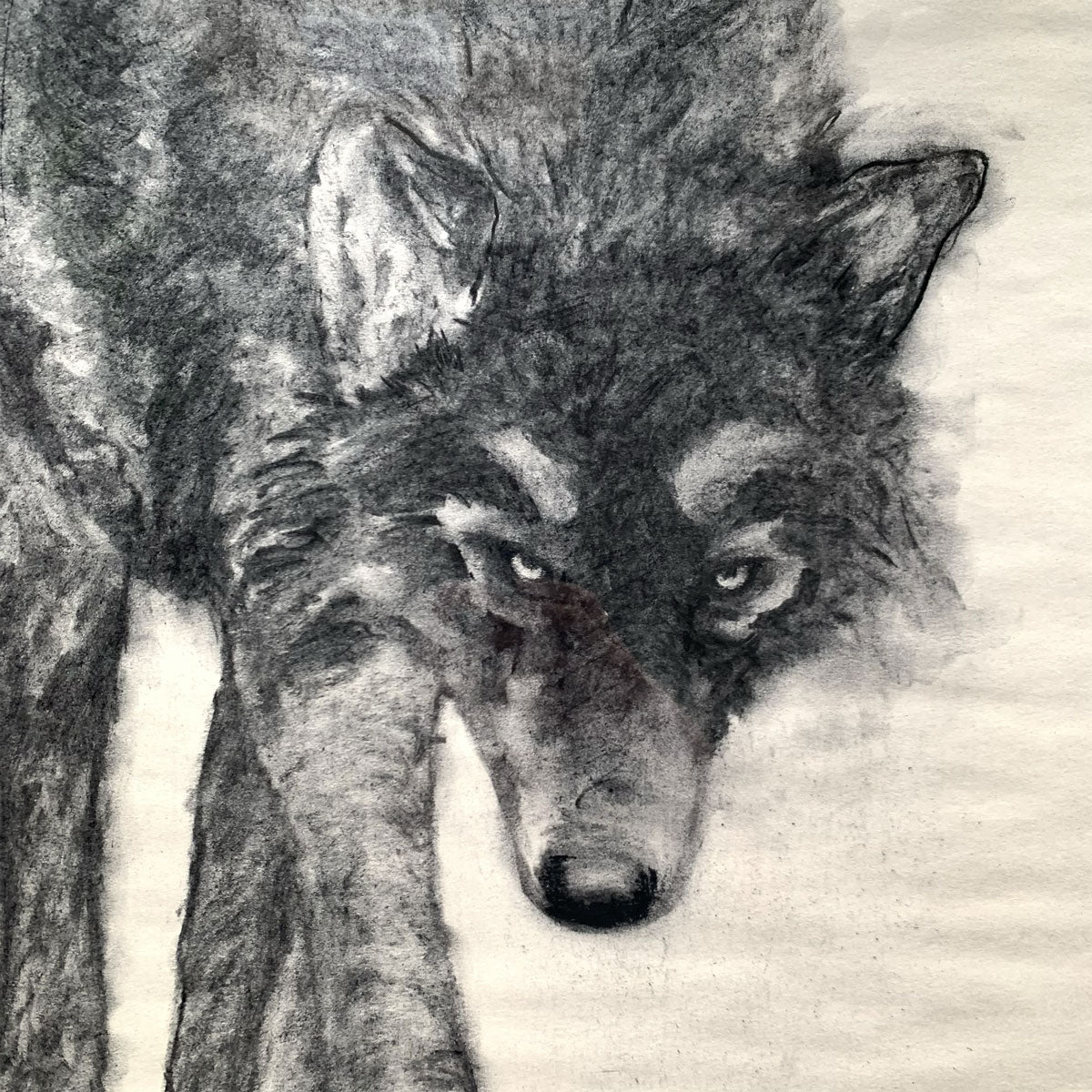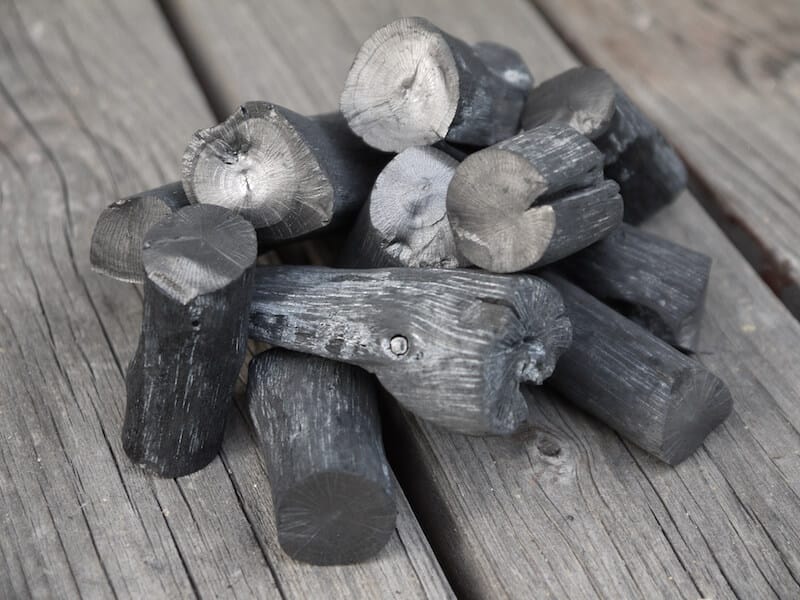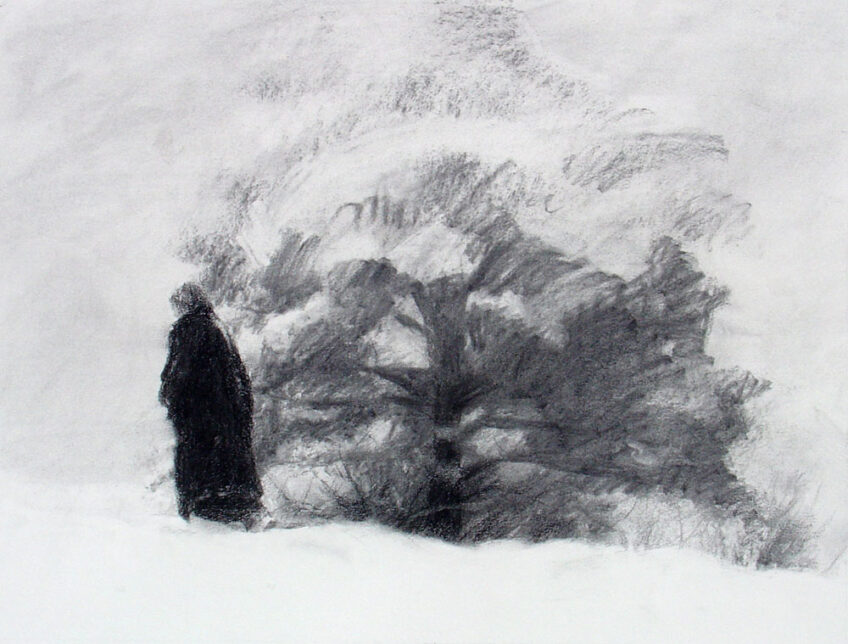White charcoal drawing offers a unique approach to art, emphasizing light rather than shadow in the creation of an image. Typically applied to dark-colored papers, white charcoal stands out, giving artists the ability to work in reverse – pulling light out of the darkness. For beginners, embarking on white charcoal drawing can be an exciting venture, so understanding the medium’s essential qualities and mastering foundational techniques is paramount. This guide will cover choosing the right materials, understanding light and shadow, basic techniques, and tips for continuous improvement.
Choosing Your Materials
Selecting the Right Paper
The first step in white charcoal drawing is choosing a suitable paper. Dark papers, specifically those in deep grays or blacks, will offer the best contrast for your white charcoal. Aim for heavier papers with some texture, as these will better hold the charcoal. A paper with a decent tooth will grip the charcoal, allowing for richer application and more control over shading.
Picking White Charcoal Tools
When it comes to the charcoal itself, you can find white charcoal in various forms: pencils, sticks, or even powder. Pencils are great for precision and detail, whereas sticks can cover larger areas more quickly. Each form requires different techniques and handling, so beginners should experiment with various types to discover what works best for their drawing style.

Understanding Light and Shadow
Reversing Your Mindset
Traditional charcoal drawing often focuses on building up shadows to define form. In white charcoal drawing, however, the opposite is true – you start dark and add light. This requires a shift in mindset; you must think about where the light hits your subject instead of where the shadow falls. Practice this by studying high-contrast images and observe how light shapes and defines objects.
Mastering Tonal Values
Effective use of white charcoal relies on your ability to create a range of tonal values. These values provide depth and realism to your drawings. Practice creating gradients from bright white highlights to subtler grays by mixing the pressure you apply and blending with tools like blending stumps or tortillons. This control over tonal variation will be a crucial skill in your white charcoal artwork.

Basic Techniques
Sketching Your Outline
Start your drawing by lightly sketching the outline of your subject with a white charcoal pencil. Work lightly; white charcoal can be difficult to erase entirely. Use soft, gentle strokes to lay down the fundamental shapes, ensuring that your proportions and placements are correct before committing to darker, more defined lines.
Building Highlights and Mid-tones
With your outline in place, begin building up the highlights – the lightest parts of your drawing. From there, add mid-tones by applying less pressure or using a blending tool to soften the white charcoal into lighter grays. Always consider your light source – this will determine where your brightest highlights and mid-tones should be. Having a strong contrast between these elements will give your drawing form and volume.

Tips for Improvement
Continuous Practice and Experimentation
Like any art form, mastery of white charcoal drawing comes with consistent practice. Try different subject matters, from simple still lifes to more complex figures or landscapes. Each subject will present unique challenges and learning opportunities. Don’t hesitate to experiment with your tools, either – understanding the full breadth of your materials will offer you more creative freedom.
Learning from Others and Giving and Receiving Feedback
Seek out the work of artists you admire and study their techniques. YouTube tutorials, art forums, and books can be excellent resources. Additionally, getting feedback on your work can be enlightening. Art communities, whether local or online, can offer constructive criticism to help you improve. Don’t forget to give feedback to others, too; teaching is a great way to solidify your own understanding.

Exploring Creative Techniques
Layering and Texturing
One of the joys of working with white charcoal is the ability to layer and create textures that pop against the dark background. Try overlaying strokes, cross-hatching, or even stippling to build up texture in your work. Such methods can mimic the natural variations in surfaces, from the roughness of tree bark to the delicate weave of fabric. If a certain texture seems daunting, practice it in a smaller, isolated study. These studies can become a reference for future works, reducing the guesswork when you tackle more complex drawings.
Using Negative Space
White charcoal drawings stand out because of the effective use of negative space. The area you don’t draw, the untouched dark paper, is just as important as where you apply the charcoal. Pay attention to the balance of light and dark in your composition. Negative space can help define edges, create interest, and steer the viewer’s focus throughout your drawing. Experiment by leaving certain areas untouched or only lightly shaded to see how this impacts the overall feel of your piece.

Refining Your Art: Critique and Adjustment
Self-Evaluation and Adjustment
After completing a drawing, take a step back and critically evaluate your work. Do the tonal values align with where the light source is coming from? Does the composition guide the viewer’s eye as intended? Self-critique allows you to identify areas for improvement. Don’t be afraid to make adjustments. White charcoal, while stubborn, does offer some leeway for corrections with kneaded erasers or by strategically applying more charcoal over areas that may have received too much white.
Keeping a Drawing Journal
Maintain a drawing journal to document your progress. Here, jot down any techniques that worked well for you and those that didn’t. Use this journal to plan future projects, sketch out preliminary ideas, and make notes on what you’ve learned from completed drawings. A journal can become an invaluable personal resource, reflecting your journey and development as an artist.
White charcoal drawing may seem daunting at first, but with the right approach and dedicated practice, it can become an enriching addition to any artist’s skill set. Through careful selection of materials, understanding the interplay of light and shadow, mastering the foundational techniques, and continuously striving for improvement, your journey into the striking world of white charcoal can be a deeply rewarding one. Remember, every artist was once a beginner – patience, persistence, and passion are your best tools on the path to mastery.